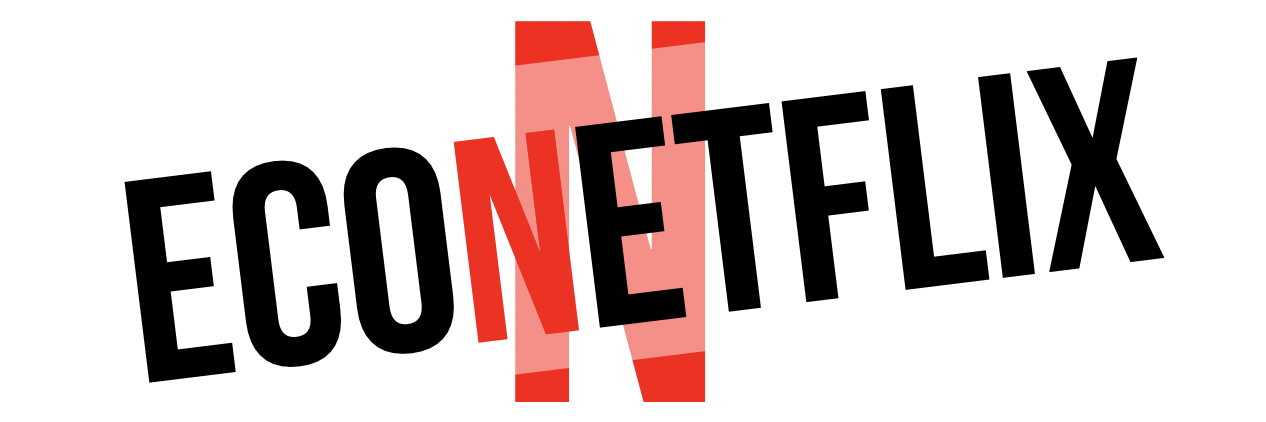Money Heist Clip #1
- Clip URL: https://criticalcommons.org/view?m=2IS63tLYQ
- Concepts: Money supply, monetary policy, open market operations, GDP, commodity money, fiat money
- Background: The mastermind of the heist (the “Professor”) argues that the European Central Bank (ECB) “made 171 billion euros out of nowhere” in 2011 and that the public did not call the institution a thief. Instead, the ECB called it “liquidity injection.” The professor also says, “I’m making a liquidity injection, but not for the banks. I’m making it here, in the real economy.” He rips up a banknote, explaining to inspector Raquel Murillo that “it’s nothing, it’s paper.” In Part 3 of the TV show, the professor tried to destabilize the economic system by using an airship to scatter 140 million euros above Madrid, in the form of €50 and €100 notes. The people rushed to gather the bills.
- Question 1: What was the intent of the ECB when it created this money? Is it comparable to theft?
- Question 2: Can this also stimulate the real economy?
- Question 3: Why does the professor consider that these notes are “nothing”?
Squid Games Clip #1
- Clip URL: https://criticalcommons.org/view?m=24nB6MC8L
- Concepts: Aggregate demand, national spending approach
- Background: In the first episode, 456 desperate contestants entered a game to win enough money to pay off their crippling debt and start fresh.
- Question: First, research the current household debt to GDP in South Korea (Republic of Korea) and calculate the growth rate since 2010. You can use FRED website: https://fred.stlouisfed.org/series/HDTGPDKRQ163N.
- Then, using the components of aggregate demand and the national spending identity, explain how household debt can shift the aggregate demand curve.
Queen Sono Clip #1
- Clip URL: https://criticalcommons.org/view?m=7n3xia6QP
- Concepts: Gains from trade, production possibilities, opportunity costs, comparative advantage, foreign direct investment, national spending approach, technology transfer
- Background: In Queen Sono, we get hints of Africa’s abundance of natural resources, such as the diamond mine in episode 1 and the mention of an oil rig in episode 3. The non-governmental organization Afrifeed also accuses the company Superior Solutions of planning to exploit Africa’s natural resources. The heiress of the private arms company Superior Solutions concludes her speech by saying: “All these regions have the resources to support big businesses, to attract foreign direct investment. We all dream of an Africa that is at peace with itself, an Africa ready for a new and prosperous future.”
- Question 1: Research what commodities Sub-Saharan African countries mainly export. Then, using trade theories, explain how African countries can benefit from trade.
- Question 2: Table 1 illustrates the advantages of the two countries, expressed in terms of how many hours it takes to produce each good. To simplify, let’s say that each country has 100 worker hours.
| Copper (hours per thousand tonnes) | Computer (hours per unit) | |
| Republic Of The Congo | 5 | 200 |
| U.S. | 8 | 80 |
Table 1. Number of Hours to Produce One Unit
First, calculate the production possibilities before any trade. Second, calculate the opportunity costs and discuss which country has a comparative advantage in producing copper and computers.
- Question 3: Discuss whether foreign direct investment can help increase the economic growth of Africa’s poorer countries.

